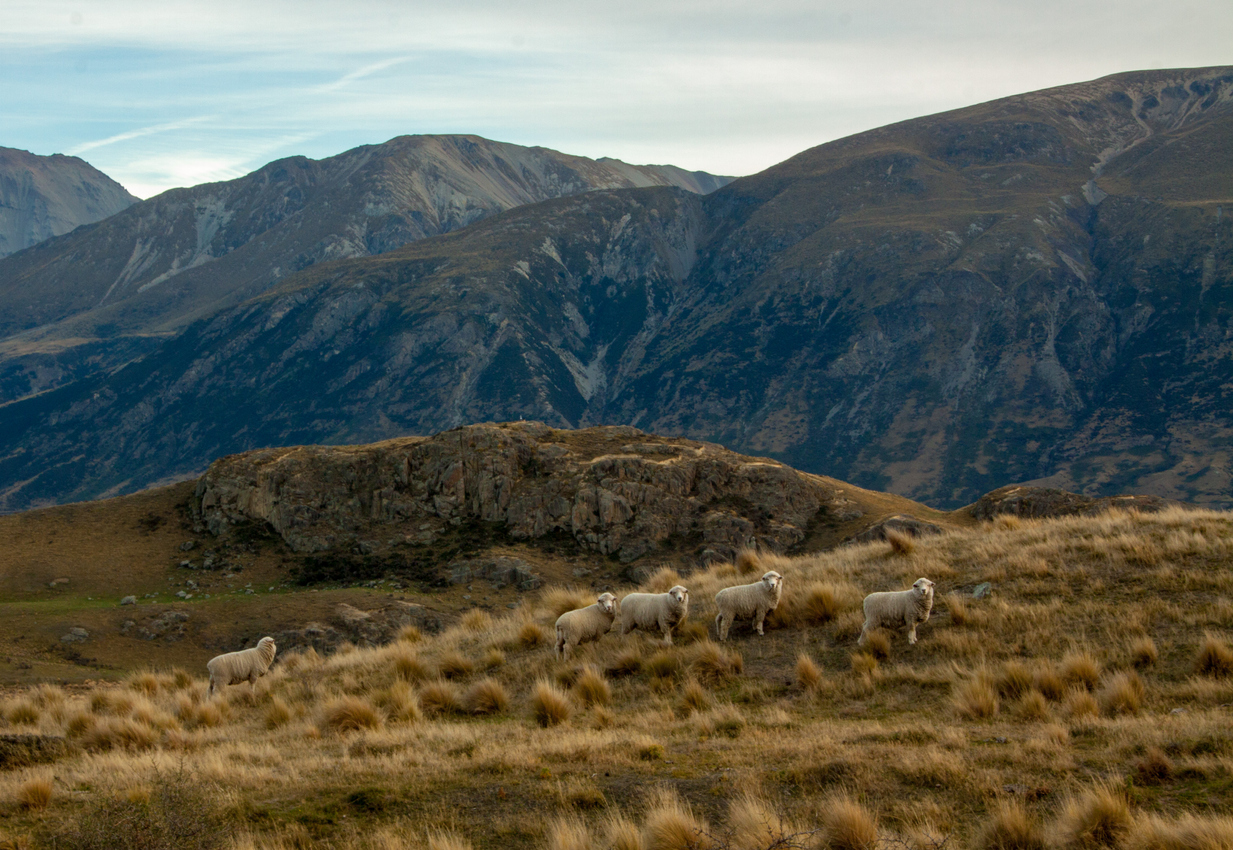The Government has confirmed it will end tenure review in the South Island high country.
Land Information Minister Eugenie Sage confirmed the move today, following media reports that an announcement was imminent.
The SMC asked experts to comment on the announcement.
Dr Susan Walker, Conservation Ecologist – Researcher – Research Priority Area Leader – Research Programme Leader, Manaaki Whenua – Landcare Research, comments:
“Our studies a decade ago showed that tenure review was falling short of its first goal of ecological sustainability – protecting the remaining native ecosystems, animals and plants of the interior South Island pastoral land – and was having a clear opposite effect.
“The process did retire many higher elevation areas from grazing, which was generally beneficial for indigenous ecosystems and species of that cool, steep land. However, Tenure Review also systematically privatised the most at risk and threatened ecosystems and species lower down, and exposed these to rapidly growing development pressure.
“The legacy of Tenure Review for indigenous biodiversity is severe and will be permanent. The pattern of under-representation of lower altitude and more fertile ecosystems has been exacerbated, and loss of habitat has contributed to rapidly lengthening lists of terrestrial and freshwater plants and animals, and special dryland ecosystems, that are threatened with extinction in the high country.”
Conflict of interest statement: None, I am a Crown Research Institute employee.
Professor David Norton, University of Canterbury, comments:
“Twenty-eight years ago (Norton 1991) I wrote an article in which I argued that using tenure review to split high country land between conservation and production was the wrong approach for several reasons, including ecological and landscape ones. I suggested that what was needed instead was an integrated approach to land management where high country landscapes were managed for both production and conservation, with farm management subject to appropriate environmental auditing.
“While the tenure of a few high country pastoral leases had been reviewed previously, the passing of the Crown Pastoral Land Act (CPLA) in 1998 resulted in a substantial increase in tenure reviews. While the CPLA did include provision for the use of protective mechanisms, most tenure reviews resulted primarily in a split between public conservation land (mainly at higher elevation) and freehold production land (mainly at lower elevations).
“I wrote another article 13 years later (Norton 2004) where I again argued that on ecological grounds the tenure review process was deeply flawed and once more suggested that an integrated approach to land management based on whole farm management planning was required. However, as I noted in this article, that wasn’t an argument for ‘business as usual’ for farmers as they needed to actively consider biodiversity goals as part of their day-to-day management. Since then I have worked with several high country farmers who have wanted to do this, helping them develop integrated management plans for their properties that aim to sustain and enhance biodiversity on the farm, allow for public access on and across the property, and sustain an economic return from the land.
“So it was no surprise to read Minister Sage saying that tenure review has ‘contributed to major landscape change and loss of habitat for native plants and animals’ which is exactly what I predicted back in 1991. And it was encouraging to hear her also say that ‘We want to ensure that we are good stewards of the remaining 1.2 million hectares of pastoral lease land; that farmers can farm while safeguarding the high country’s landscape, biodiversity, social, economic and cultural values for present and future generations,’ which again was what I argued 28 years ago.
“We have failed in our management of the high country through tenure review but we now have the opportunity to do the right thing by taking an integrated approach to the management of this land. The challenge is to make sure that we put in place management systems that recognise the tight interconnections between farming and biodiversity, and that we use farming and farmers as key management instruments for looking after the biodiversity that is present (Norton & Reid 2013).
“High country farmers have, of course, always seen land stewardship as central to their management and the good condition of so much of the high country is a reflection of this. It is encouraging that as we move into this next phase of high country management that Beef+Lamb New Zealand is aiming for every sheep and beef farmer in New Zealand to have a farm environment plan that includes biodiversity by 2021. It is important to work with initiatives such as this to facilitate high country farmers to take ownership of the biodiversity of their farms, ownership that will both benefit them through the marketing of their farm products and benefit all New Zealanders through the ongoing stewardship of the high country.”
Conflict of interest statement: I work actively with the farming sector promoting the need for win-win outcomes for biodiversity and farming and published a book on this with an Australian colleague in 2013. I have worked with several hill and high country farmers in developing integrated farm management plans, and am involved in research on biodiversity on sheep and beef farms and on developing extension resources to assist farmers manage their biodiversity with funding from a range of sources including the Biological Heritage National Science Challenge and Beef+Lamb New Zealand.
References
Norton DA 1991. Conservation of high country landscapes. The Landscape Winter 1991, 15-18.
Norton D 2004. Echoes of Timberlands in high country debate – are more decisions being made on the basis of political ideology rather than principles of ecological sustainability? New Zealand Journal of Forestry 49(3), 39-41.
Norton D & Reid N 2013. Nature and Farming: Sustaining Native Biodiversity in Agricultural Landscapes. CSIRO Publishing, Collingwood, Victoria, Australia. 294 pp.
